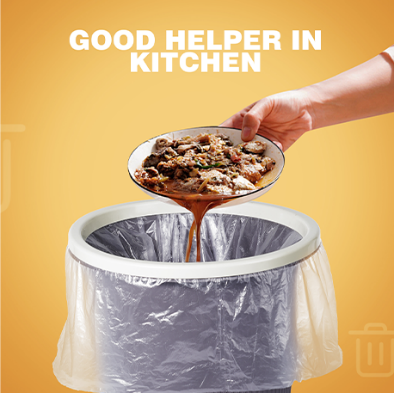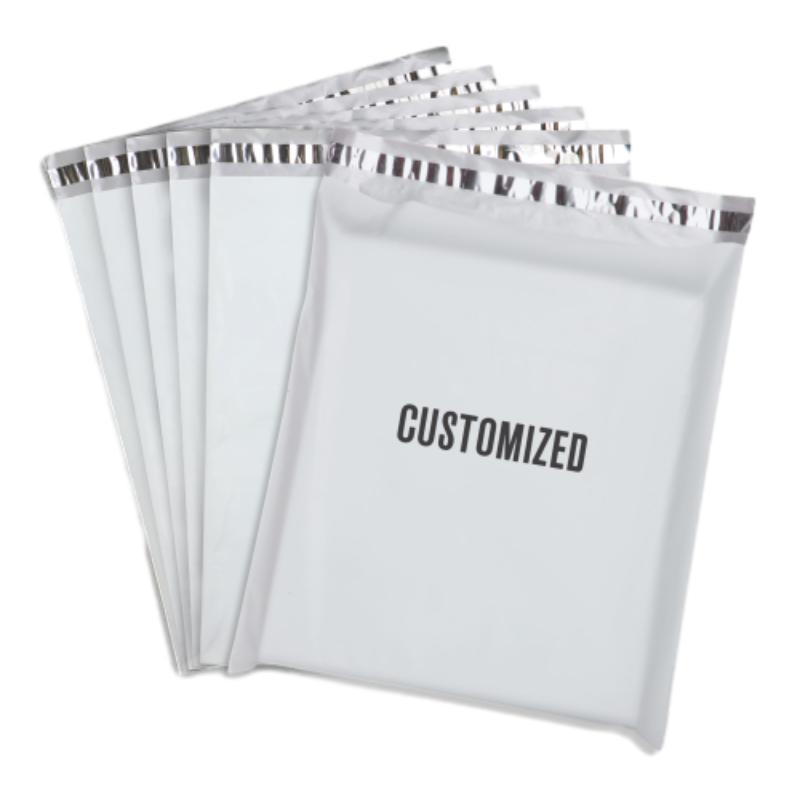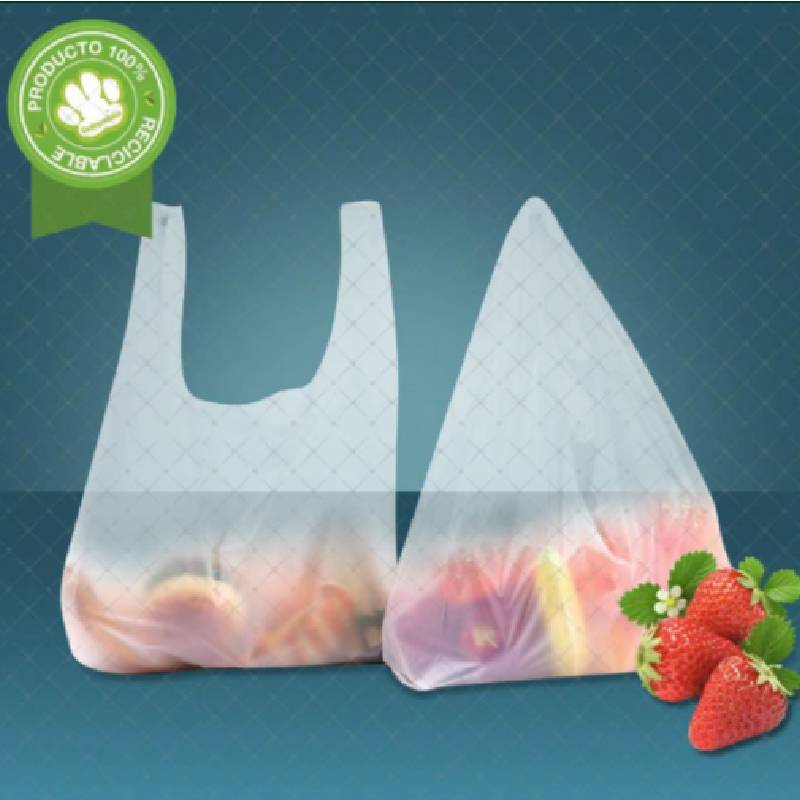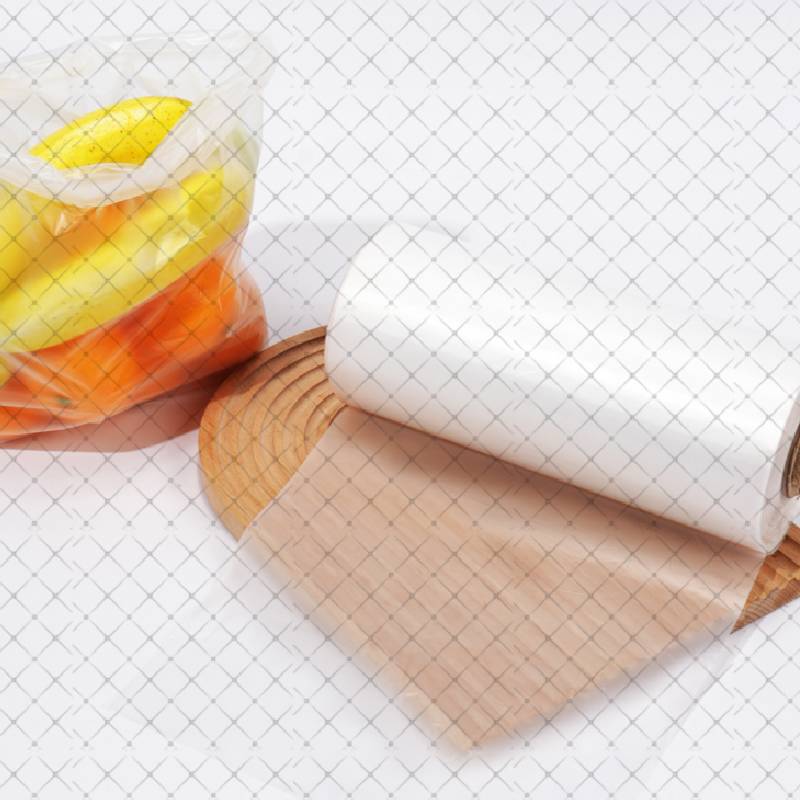The Problem with Plastic Trash Bags in Landfills
Plastic trash bag and garbage bags are staples in households and businesses, designed to contain waste efficiently. However, their presence in landfills poses significant environmental challenges that extend far beyond simple disposal. Xiongxian Liya Packaging Materials Co., Ltd., a leading producer of plastic packaging materials since the early 1980s, has long been part of the packaging landscape. Based in the Plastic Packaging Park of Xiong County, Baoding, Hebei Province, with a 100,000-square-meter facility and 130 million yuan registered capital, the company recognizes the need to address these issues as the industry shifts toward sustainability. From everyday garbage bags to specialized clear trash bags, plastic variants linger in landfills, creating problems that demand attention.

Slow Decomposition of Plastic Trash Bag in Landfills
- Persistence Over Centuries: Unlike organic waste, plastic trash bag products do not biodegrade. Made from polyethylene, they photodegrade—breaking into smaller microplastics—over hundreds of years. Even clear trash bags, which lack colorants, persist just as long, cluttering landfills and leaching chemicals into soil and groundwater during this slow breakdown process.
- Microplastic Formation: As plastic garbage bagsdegrade, they fragment into microplastics (particles smaller than 5mm). These tiny pieces are impossible to remove from landfills and can seep into nearby ecosystems, contaminating soil and water sources. Microplastics then enter the food chain, posing risks to wildlife and potentially human health.
- Space Occupation: The slow decomposition of trash bagplastics means they take up valuable landfill space indefinitely. With global waste production rising, landfills are reaching capacity faster, forcing communities to expand existing sites or find new ones—both of which disrupt ecosystems and increase costs.
Environmental Hazards of Garbage Bags in Landfills
- Methane Emission Amplification: When garbage bagsseal organic waste within landfills, they create anaerobic (oxygen-free) environments. This causes organic matter to decompose and release methane, a potent greenhouse gas with 25 times the heat-trapping power of CO₂. Plastic trash bag barriers prevent methane from escaping naturally, intensifying its impact on climate change.
- Chemical Leaching: Plastic clear trash bagsand colored variants contain additives like phthalates and BPA, which leach into soil and groundwater over time. These chemicals are linked to hormonal disruptions in wildlife and humans, contaminating drinking water sources near landfills and threatening aquatic life.
- Wildlife Entanglement: Even in landfills, garbage bagscan harm animals that venture into these sites. Stray birds, rodents, and other creatures may get tangled in torn plastic or ingest microplastics, leading to injury, starvation, or death. This disrupts local ecosystems and creates imbalances in wildlife populations.
Economic Burdens of Plastic Trash Bag Disposal
- Increased Landfill Maintenance: Landfills must manage the long-term presence of plastic trash bagwaste, which requires ongoing monitoring and maintenance. Raking, compacting, and separating plastic debris from organic waste add labor and equipment costs, straining municipal budgets.
- Limited Landfill Lifespan: The space taken by non-decomposable garbage bagsshortens the functional lifespan of landfills. Communities are forced to invest in new landfill sites or waste-to-energy facilities, which are expensive to build and operate. For example, a single landfill expansion can cost millions, diverting funds from other public services.
- Cleanup Costs for Leakage: Torn clear trash bagsand damaged trash bag products often leak waste into surrounding areas, requiring costly cleanup. This is especially problematic in older landfills with inadequate liners, where leaked waste contaminates soil and water, leading to expensive remediation efforts.
Steps Toward Reducing Plastic Trash Bag in Landfills
- Switch to Compostable Alternatives: Using compostable garbage bagsmade from plant-based materials (like cornstarch) ensures they break down in landfills, reducing long-term waste. These bags function like traditional trash bag products but decompose into natural components, minimizing microplastic risk.
- Promote Reusable Systems: Encouraging households and businesses to use reusable bins without trash bagliners, or to use washable cloth liners, reduces reliance on single-use plastics. This is especially effective for dry waste, where the need for a disposable barrier is minimal.
- Improve Waste Sorting: Properly separating recyclables and compostables reduces the amount of waste that ends up in clear trash bagsand garbage bags destined for landfills. Communities with robust recycling programs see lower plastic waste volumes in landfills, easing space and environmental pressures.
Trash Bag FAQS
Do Clear Trash Bags Decompose Faster Than Colored Ones in Landfills?
No. Clear trash bags and colored trash bag products are both made from polyethylene, so they decompose at the same glacial pace (200–1,000 years). Colorants do not affect their breakdown rate, meaning all plastic variants persist equally in landfills.
Can Garbage Bags Be Recycled to Reduce Landfill Waste?
Some plastic garbage bags can be recycled if they are clean and made from recyclable polyethylene. However, most end up in landfills because they are contaminated with waste, making recycling impractical. Compostable alternatives are a more reliable solution.
How Do Plastic Trash Bag Impact Landfill Gas Emissions?
Plastic trash bag products trap organic waste, creating anaerobic conditions that boost methane production. Methane is a powerful greenhouse gas, so reducing plastic bags in landfills helps lower these emissions and mitigate climate change.
Are Biodegradable Trash Bag a Better Option for Landfills?
Yes, but only if they are certified compostable. Biodegradable garbage bags made from materials like PLA break down in landfills, reducing microplastic formation and space occupation. Look for certifications like ASTM D6400 to ensure they decompose properly.
Where Can Businesses Find Sustainable Alternatives to Plastic Trash Bag?
Companies like Xiongxian Liya Packaging Materials Co., Ltd. are expanding their eco-friendly product lines to include compostable and reusable alternatives to traditional trash bag and clear trash bags. Visiting their website can help businesses explore sustainable options tailored to their needs.
-
No-Sew Methods for Making a Drawstring Bag소식Aug.22,2025
-
The Problem with Plastic Trash Bags in Landfills소식Aug.22,2025
-
Biodegradable Alternatives to Shirt Bags소식Aug.22,2025
-
Creative Ways to Reuse Poly Wrap Roll at Home소식Aug.22,2025
-
Shipping Fragile Items Safely with Bubble Mailers소식Aug.22,2025
-
Sustainable Alternatives to Plastic Shipping Bags소식Aug.22,2025
-
원하는 방식으로 맞춤형 메일러를 자유롭게 맞춤 설정할 수 있습니다! 당사의 전담 포장 지원은 귀하의 배송 경험을 한 단계 끌어올리는 데 필요한 메일링 경험을 제공하는 데 도움이 됩니다! 고객에게 강한 인상을 남기고 경쟁사보다 돋보이세요! -
LIYA는 PetroChina, Sinopec, Sabic, Equate, ExxonMobil, Dow Chemical, Total, Borouge 등 국내외 대기업으로부터 직접 구매한 고품질 원자재를 사용하여 원자재의 가격 우위와 품질을 보장합니다. -
LIYA는 PetroChina, Sinopec, Sabic, Equate, ExxonMobil, Dow Chemical, Total, Borouge 등 국내외 대기업으로부터 직접 구매한 고품질 원자재를 사용하여 원자재의 가격 우위와 품질을 보장합니다.





